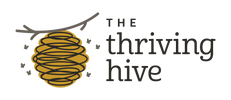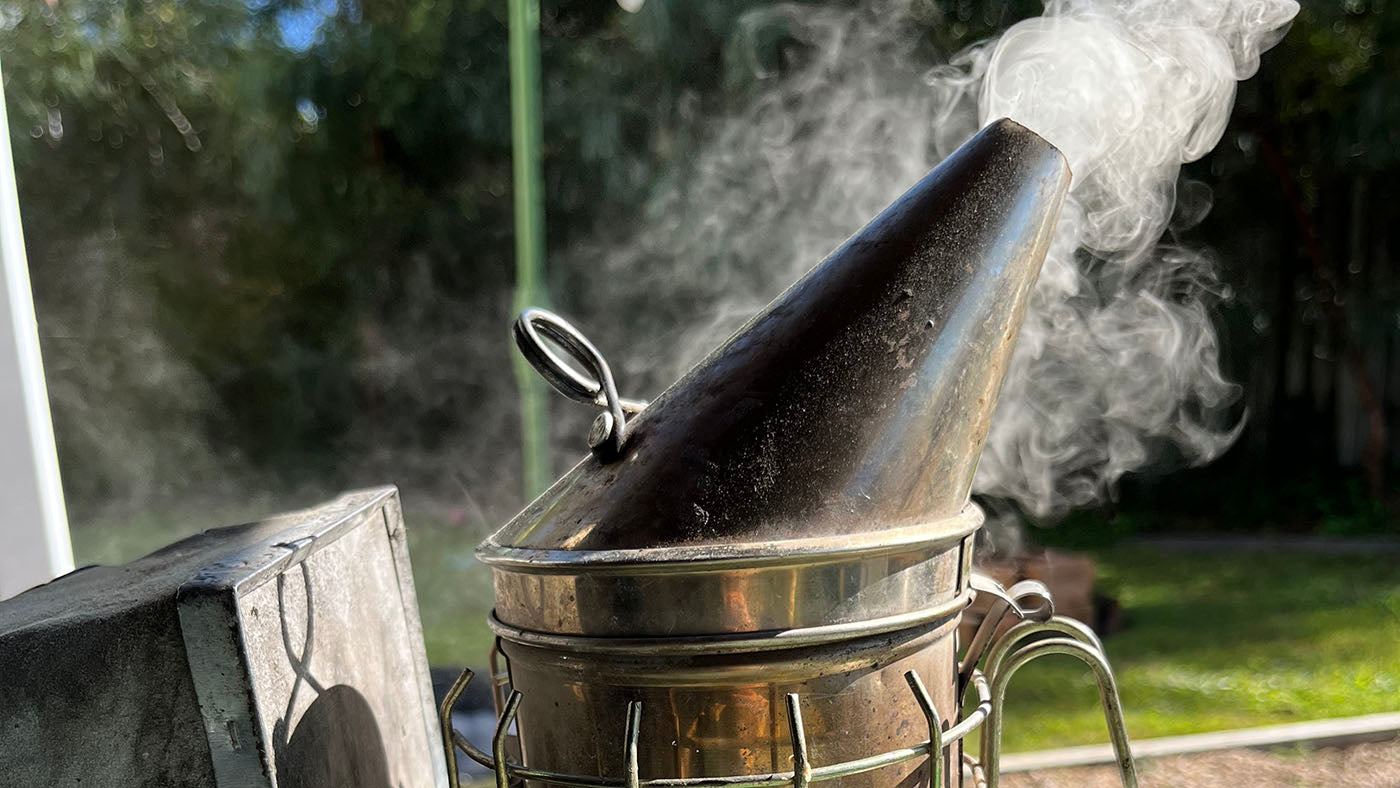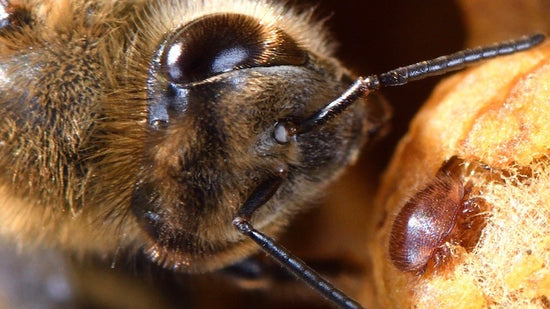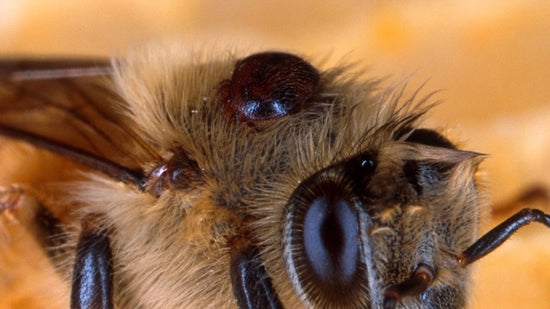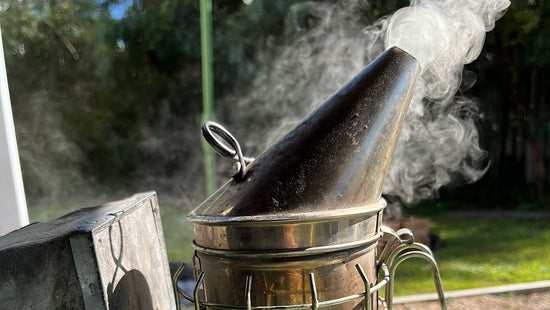The humble smoker. An essential tool for any beekeeper. You don't always have to use a smoker but sometimes when the girls are a bit grumpy, a little smoke can go a long way.
How does the smoke work?
Smoke works by triggering an instinctive response within the bee to survive. When bees sense smoke they tend to gorge themselves on honey so that they are prepared to abscond the hive should the smoke turn to flames. Imagine a bushfire approaching a hive, the bees would ensure they are as fuelled as possible to ensure they can escape danger.
Essentially, smoke distracts them but beware too much smoke can make them pretty upset too so be judicious with the puffs.
Hot smoke vs cool smoke
In my experience, bees like cool smoke. That means smoke from smouldering vegetation not materials that are fully alight with a flame. Hot smoke can be interpreted to be a threat and they'll respond accordingly.
Lighting your smoker
There's lots of great materials that make for good smoke fuel - the more organic the better. Some of the ones I've seen used are:
- Pea Straw;
- Sugar cane mulch;
- Eggs cartons (my favourite);
- Pine needles (dry:
- Dried lavender; and
- Rolls of uncoated cardboards.
Start by lighting a small amount of material in the bottom of the smoker and get a fire going, once you have some embers; stuff materials on top and close the lid. Puffing to ensure oxygen is being added to continue burning the new material.
If you're doing it right, you should have a lovely slow stream of smoke coming from the nozzle. Wave your hand across to check is it cool or hot.

